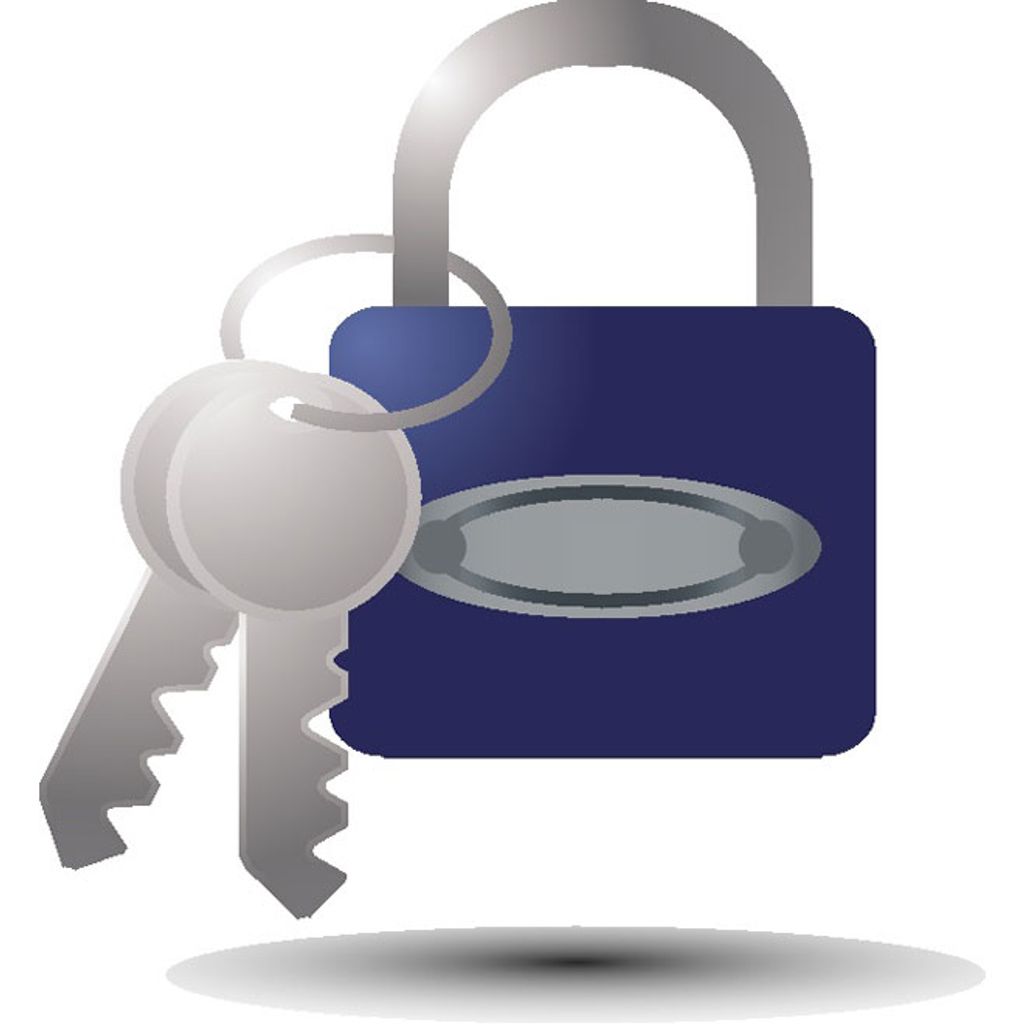In today’s digital landscape, protecting your business website is of utmost importance. Website security breaches can have a significant impact on businesses, leading to financial loss, reputational damage, and loss of customer trust. Implementing strong authentication measures, securing website data and user information, regularly updating and patching website software, monitoring and detecting security threats, educating employees on best practices, and implementing a web application firewall are key practices to ensure the security of your business website.
Key Takeaways
- Implement strong authentication measures to protect against unauthorized access.
- Use encryption to protect data in transit and store user information safely.
- Regularly update and patch website software to address vulnerabilities.
- Monitor and detect website security threats through intrusion detection systems and security audits.
- Educate employees on website security best practices to create a culture of security.
Understanding the Importance of Website Security
The Risks of Inadequate Website Security
Inadequate website security can have serious consequences for businesses. One of the risks is the potential for the website to be blacklisted by search engines if it is compromised and used for malicious activities. This can lead to a loss of traffic and credibility. Additionally, inadequate security measures can make a website more vulnerable to data breaches, where unauthorized individuals gain access to sensitive information. This can result in financial loss, damage to reputation, and legal and regulatory consequences.
The Impact of Website Security Breaches on Businesses
Website security breaches can have severe consequences for businesses. Here are some key impacts:
-
Financial Loss: A security breach can result in significant financial losses due to the costs associated with investigating and mitigating the breach, as well as potential legal liabilities and regulatory fines.
-
Damage to Reputation: A breach can erode customer trust and damage the reputation of the business. Negative publicity and the perception of being unsafe can lead to a loss of customers and potential business opportunities.
-
Loss of Competitive Advantage: A security breach can give competitors an advantage by undermining the affected business’s credibility and trustworthiness.
-
Legal and Compliance Issues: Breaches can lead to legal and compliance issues, especially if sensitive customer data is compromised. Businesses may be subject to lawsuits and regulatory penalties.
It is crucial for businesses to prioritize website security to mitigate these risks and protect their reputation, finances, and customer trust.
Implementing Strong Authentication Measures
Choosing a Secure Authentication Method
In order to enhance the security of your website, it is crucial to choose a secure authentication method. Multi-factor authentication (MFA) is widely regarded as an effective defense mechanism against hackers. With MFA, users are required to verify their identity through multiple authentication methods, such as a code sent to their registered mobile device or a fingerprint scan. This additional layer of verification makes it more challenging for hackers to breach user accounts, even if they have obtained login credentials.
To further strengthen the authentication process, consider implementing Two-Factor Authentication (2FA). By requiring users to provide an additional verification code generated on their mobile device or received via email, 2FA adds an extra layer of security to the login process. This helps protect user accounts, even if passwords are compromised.
To summarize, when choosing a secure authentication method, prioritize multi-factor authentication and consider implementing Two-Factor Authentication (2FA) for added security.
Enforcing Password Complexity and Regular Updates
Enforcing strong password policies is essential for protecting your business website from unauthorized access. Consider implementing the following measures:
- Require complex passwords that combine uppercase and lowercase letters, numbers, and special characters.
- Encourage users to regularly update their passwords to prevent potential breaches.
Regularly updating and patching your website’s software is crucial for maintaining a secure online environment. Here are some best practices:
- Keep your software up to date to ensure you have the latest security patches.
- Conduct regular security audits and penetration testing to identify and address potential vulnerabilities.
Remember, strong passwords and regular software updates are key to safeguarding your business website from security threats.
Securing Website Data and User Information
Using Encryption to Protect Data in Transit
This security measure applies to data both at rest, such as when stored on disk or in the cloud, and transit, during transfer over a network connection. Information transmitted without encryption over the internet becomes readable to all intermediaries, including potential spyware on the infrastructure. Attackers may exploit vulnerabilities to infiltrate internal systems and steal stored data. Encryption is a safeguard – stolen or intercepted encrypted data remains unusable without the accompanying key. However, the drawback lies in the potential loss of encryption keys. These keys must be securely stored because their loss means losing access to the protected data. Hardware and software key management solutions should be deployed to reduce this risk.
Conclusion
In the face of increasing cyber threats, your enterprise must adopt a proactive stance, continually updating and reinforcing cybersecurity protocols. The key lies not only in technological solutions but also in fostering a culture of awareness and vigilance among your employees.
Tips for Implementing Encryption:
- Use strong encryption algorithms and protocols.
- Regularly update encryption software to ensure the latest security patches are applied.
- Implement secure key management practices to protect encryption keys.
- Conduct regular audits to ensure encryption is properly implemented and functioning.
Remember, encryption is a critical component of data protection, ensuring that sensitive information remains secure during transit and storage.
Storing User Information Safely
When it comes to storing user information on your business website, security should be a top priority. Safeguarding sensitive data such as personal details, passwords, and payment information is crucial to protect your customers and your business from potential cyber threats. Here are some best practices to ensure the safe storage of user information:
- Use encryption: Encrypting user data adds an extra layer of protection, making it more difficult for unauthorized individuals to access or decipher the information.
- Implement access controls: Limit access to user information to only authorized personnel who need it for legitimate purposes.
- Regularly audit and monitor: Conduct regular audits and monitoring of your website’s database to detect any suspicious activities or unauthorized access attempts.
- Secure backups: Store backups of user information in secure, off-site locations to prevent data loss in case of a security breach or system failure.
By following these practices, you can minimize the risk of data breaches and ensure the privacy and security of your users’ information.
Regularly Updating and Patching Website Software
The Importance of Software Updates
Update your software and security patches. Developers regularly release software updates to address identified issues and vulnerabilities. Since cybercriminals often exploit these vulnerabilities in an attempt to find weaknesses in your website’s defenses, consistently updating your website’s operating system, content management system (CMS), plugins, and applications is important to effectively close these potential entry points and reduce the risk of a security breach. Failure to keep up with software updates not only puts your website at risk of security threats but can also lead to
Implementing a Patch Management Process
Consistently updating your website’s operating system, content management system (CMS), plugins, and applications is important to effectively close potential entry points and reduce the risk of a security breach. Failure to keep up with software updates not only puts your website at risk of security threats but can also lead to vulnerabilities that cybercriminals can exploit. By regularly updating your software and security patches, you can address identified issues and vulnerabilities, ensuring that your website’s defenses are strong and up to date.
Monitoring and Detecting Website Security Threats
Implementing Intrusion Detection Systems
Intrusion Detection Systems (IDS) play a crucial role in safeguarding your business website from unauthorized access and potential security breaches. These systems continuously monitor network traffic and analyze it for any suspicious or malicious activity. By detecting and alerting you to potential threats in real-time, IDS allows you to take immediate action to protect your website and sensitive data. Implementing an IDS should be a priority for any business serious about website security.
Regular Security Audits and Vulnerability Scans
Regular security audits and vulnerability scans are essential for maintaining the security of your business website. These proactive measures help identify and address potential vulnerabilities that could be exploited by malicious actors. By conducting regular audits and scans, you can stay one step ahead of potential threats and ensure the ongoing protection of your website and customer data.
Educating Employees on Website Security Best Practices
Creating a Security Awareness Training Program
Part of securing your website is making sure your employees are trained to handle potential security risks. Organize a training for your team since they will be your first line of defense against cyber threats. Make sure to tackle topics that cover strong passwords, recognizing phishing attempts, implementing two-factor authentication, and adhering to secure data storage protocols. By educating staff on these best practices, businesses can ensure a robust and safe web design, reducing the risk of security breaches.
Promoting a Culture of Security
Promoting a culture of security within your organization is essential for maintaining strong website security. It involves creating a mindset where every employee understands the importance of website security and takes responsibility for following best practices. Here are some key steps to promote a culture of security:
-
Security Awareness Training Program: Implement a comprehensive security awareness training program to educate employees about common security threats, safe browsing habits, and best practices for protecting sensitive information.
-
Regular Communication: Foster open communication channels to encourage employees to report any security concerns or suspicious activities they encounter. This helps in early detection and prevention of potential security breaches.
-
Lead by Example: Management and leadership should set an example by prioritizing and demonstrating good security practices. This includes following password complexity guidelines, regularly updating software, and adhering to security policies.
-
Reward and Recognition: Recognize and reward employees who actively contribute to maintaining a secure environment. This can be done through incentives, acknowledgments, or other forms of recognition.
By promoting a culture of security, your organization can create a strong defense against potential security threats and ensure the long-term protection of your business website.
Implementing a Web Application Firewall
Understanding the Role of a Web Application Firewall
A web application firewall (WAF) is an application software that serves as a crucial layer of defense between your website and the internet. It is designed to filter and block incoming traffic to your website, preventing any requests that are deemed malicious. By adding a web application firewall to your security plan, you can make your website more resistant to different cyber threats. It is important to keep the firewall updated and adjusted to protect your web applications and important information from new dangers.
Choosing and Configuring a Web Application Firewall
A web application firewall (WAF) is an essential component of a comprehensive website security strategy. It acts as a crucial layer of defense between your website and the internet, filtering and blocking incoming traffic that is deemed malicious. By adding a WAF to your security plan, you can significantly enhance the resilience of your website against various cyber threats.
When choosing and configuring a WAF, it is important to consider the following:
- Vendor Reputation: Look for reputable WAF vendors that have a proven track record in the industry.
- Customization Options: Ensure that the WAF allows for customization to meet the specific needs of your website.
- Regular Updates: Keep the WAF updated with the latest security patches and adjustments to stay protected against new threats.
- Compatibility: Verify that the WAF is compatible with your web applications and does not cause any conflicts.
Implementing a WAF is a proactive measure that can significantly reduce the risk of security breaches and protect your web applications and important information from unauthorized access.
Implementing a Web Application Firewall is crucial for protecting your business website from cyber threats. A Web Application Firewall acts as a shield, monitoring and filtering incoming traffic to identify and block malicious requests. With the increasing number of cyber attacks targeting websites, it is essential to have a robust security solution in place. At Home – Business Website Security, we specialize in providing top-notch web security services. Our team of experts can help you implement a Web Application Firewall tailored to your specific needs, ensuring that your website remains secure and protected. Don’t wait until it’s too late, take action now and safeguard your online presence with Home – Business Website Security.
Conclusion
In conclusion, protecting your business website is of utmost importance in today’s digital landscape. By implementing the best practices mentioned in this article, such as regularly updating software, using SSL encryption, enforcing strong password policies, and training employees on effective security measures, you can significantly enhance your website’s security and minimize the risk of cyber attacks. Remember, cybersecurity is an ongoing process, and staying vigilant is key to safeguarding your online business.







